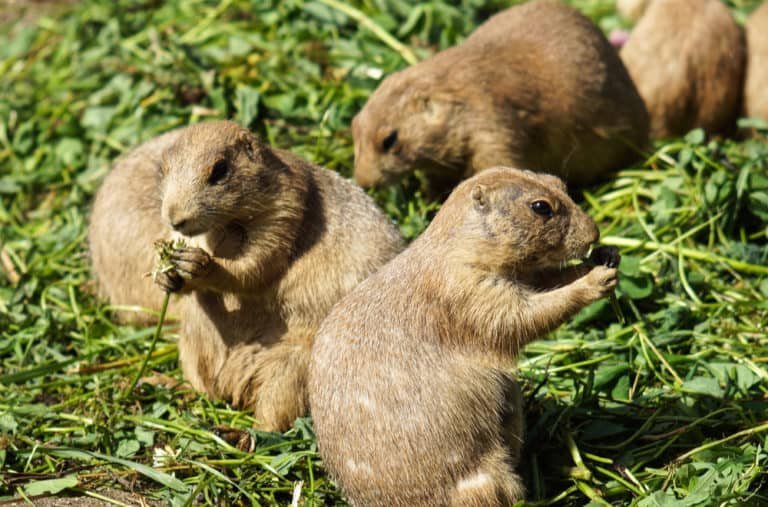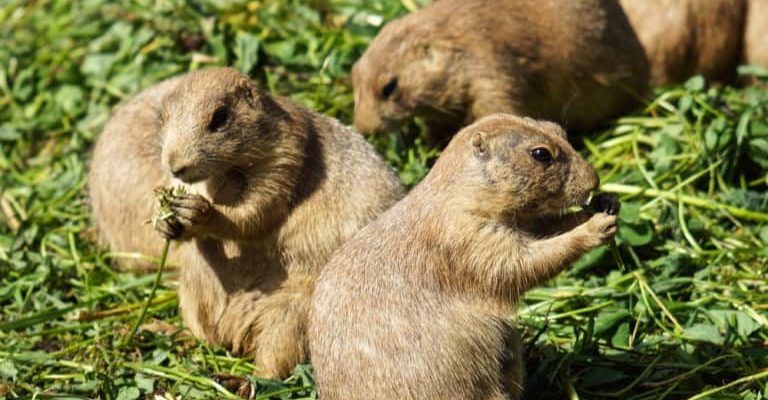
So, what exactly do lemmings eat, and how do they find their food? Let’s dive into the lemming world, where meals can mean survival and clever tactics are a necessity. Whether you’re here out of curiosity or for a school project, there’s plenty to discover.
Understanding the Lemming Diet
Lemmings are primarily herbivores, which means they mostly munch on plants. However, their diet isn’t as simple as just eating greens. Here’s the breakdown of what makes up a lemming’s meal plan:
- Grasses and Leaves: Lemmings have a strong preference for grasses. In summer, they feast on tender green shoots, while in winter, they turn to dried grasses and hardy plants poking through the snow.
- Bark and Roots: During tougher times, especially in winter, lemmings dig into the ground to reach roots and bark. This behavior shows their adaptability—if they can’t find one food source, they’ll look for another!
- Seeds and Berries: In the warmer months, lemmings enjoy a variety of seeds and berries. This not only adds nutrients to their diet but also keeps their energy levels up for all the activities they engage in.
What’s remarkable is how lemmings have adapted to their environment. You might be wondering how a small animal can thrive in such a harsh climate. The secret is in their diet. By changing what they eat based on the season, they make sure they have enough food to keep going, even when supplies are low.
Seasonal Diet Changes
The lemming diet isn’t static. It changes with the seasons, illustrating their flexibility. In spring and summer, when food is abundant, lemmings can afford to be selective. They will go for the tastiest, most nutritious options available. Come fall and winter, however, things get tricky. The snow blankets many of their usual food sources, forcing them to dig below the surface.
This seasonal shift means lemmings constantly adapt. Think of it like preparing for a winter storm; you stock up on essentials when times are good. Lemmings do the same with their diet. They switch from fresh greens to more fibrous and less nutritious food, ensuring they have enough to last through difficult times.
Hunting Strategies of Lemmings
While lemmings aren’t traditional hunters like wolves or eagles, they do employ clever strategies to find and secure their food. It’s all about being resourceful in a precarious environment.
- Foraging Behavior: Lemmings are active foragers. They often travel in small, social groups, which can help them find food more efficiently. Group foraging means they can cover larger areas and spot food sources that one individual might miss.
- Communication: Believe it or not, lemmings have a way of communicating with each other. By vocalizing and using scent markings, they signal to one another about the location of food and dangers nearby. This behavior fosters cooperation and ensures everyone gets their share.
- Burrowing: When food is buried under snow, lemmings have to dig to find it. They create extensive tunnel systems beneath the snow, which not only helps them access food but also protects them from predators.
Here’s the thing: these strategies are not just about survival; they also reflect their social structure. Working together can mean the difference between life and death in such a challenging habitat. The lemming community is quite impressive when you look at how they band together.
Predators and the Lemming’s Defense
With their small size, lemmings have many predators. They’re a favorite snack for animals like arctic foxes, hawks, and even owls. But how do lemmings protect themselves? They’ve got a few tricks up their sleeves to avoid becoming dinner.
- Burrowing: As mentioned earlier, their burrows provide safety. These underground tunnels not only give them access to food but also serve as hiding spots from predators.
- Population Cycles: Interestingly, lemming populations fluctuate wildly—growing and dwindling over a few years. During peak years, their sheer numbers can overwhelm predators, ensuring that many survive. It’s like a natural balance that helps keep their species going.
- Camo Coloring: Their fur helps them blend into their snowy surroundings. This camouflage acts like a natural shield, making it harder for predators to spot them as they dart through the tundra.
Ultimately, these strategies illustrate how lemmings have evolved to survive in their environment. Every characteristic they possess—from their social behavior to their fur color—has a purpose.
The Role of Lemmings in the Ecosystem
Lemmings play a vital role in their ecosystem, and their presence influences many other species. Think of them as essential cogs in a much larger machine. Their diet and behavior contribute to the balance of life in the tundra.
When lemmings thrive, they provide food for various predators, which can help maintain the health of those species. If lemming populations boom, it can lead to an increase in predator numbers, creating a natural cycle. Conversely, during lean years, predators may struggle, which can help keep both populations in check.
Additionally, lemmings help aerate the soil and promote plant growth through their burrowing and foraging habits. By digging tunnels and searching for roots, they assist in nutrient cycling in the tundra ecosystem.
The Impact of Climate Change
As with many animals, climate change poses a significant threat to lemmings and their habitat. Changes in temperature and snowfall patterns can disrupt their food sources and breeding cycles. It’s a reminder that the well-being of one creature is often tied to the health of the entire ecosystem.
With the delicate balance in their environment, there’s a lot at stake. Helping protect lemmings and their habitat means understanding the broader impacts of our actions on the ecosystem.
In wrapping up, it’s clear that lemmings are more than just adorable little creatures; they’re fascinating survivors of the tundra. Their diet and hunting strategies highlight their adaptability and resourcefulness in a tough environment. From their seasonal diet shifts to their clever ways of avoiding predators, lemmings are a remarkable example of nature’s ingenuity.
Whether you’re a nature enthusiast or just curious about wildlife, the story of lemmings reminds us of the interconnectedness of life. Every species, no matter how small, plays a role in our world. So next time you think of these little critters, remember the crafty diet and hunting strategies that help them thrive in the wild.

